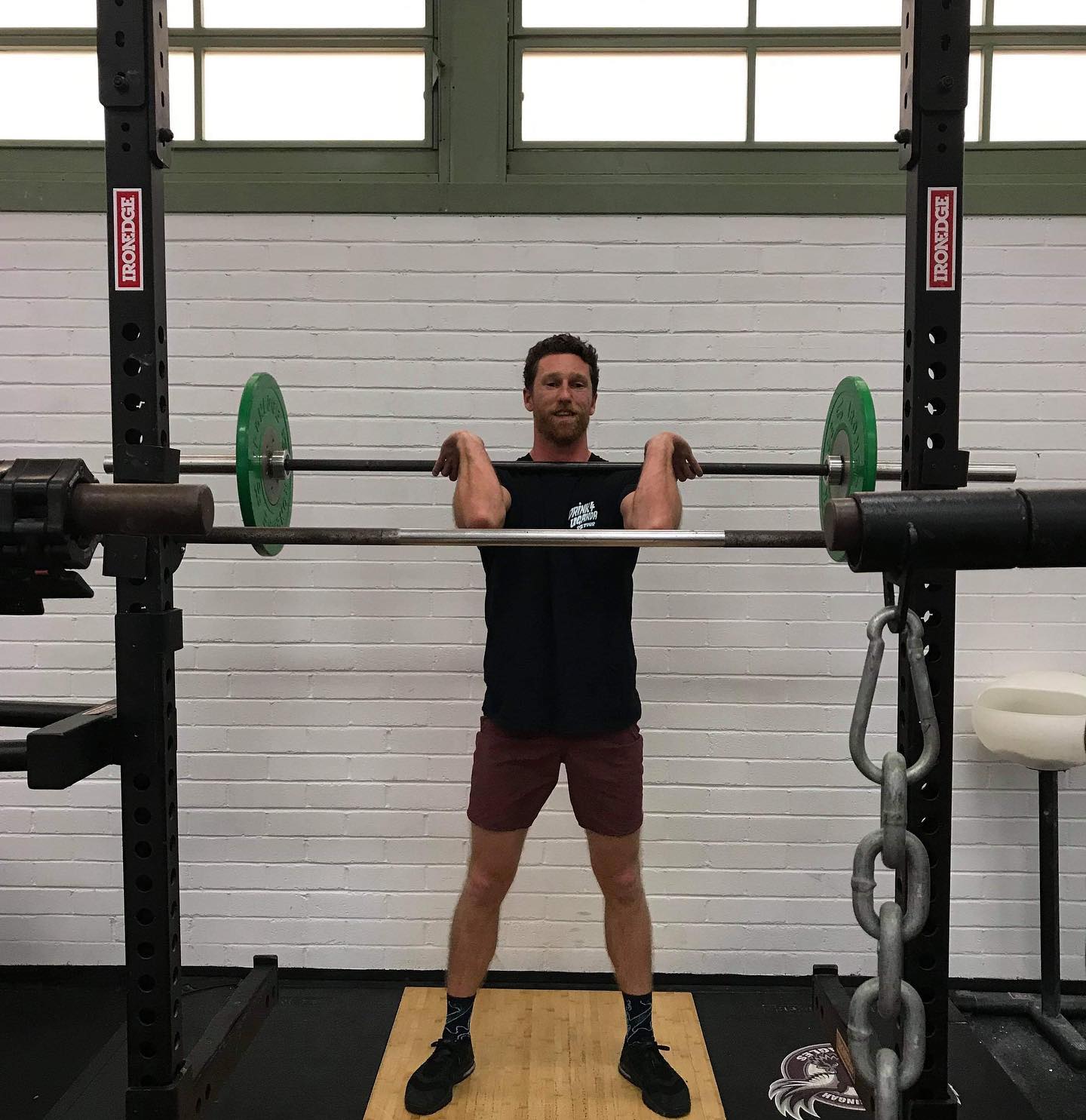We often hear the phrase “a sudden increase in load” when talking about injuries and poor performance. But what do we mean by this and is it good enough to just say “your injury is due to a sudden increase in load”?
When we think of load, we should think of three scenarios;
- External load
- Traditionally this is the amount of sets, reps, weight, distance or contact times the athlete / patient is exposed too. This is the most common type of load we refer to.
- For example, you can comfortably deadlift 3 sets of 10 reps at 100kg but the next week you decide to increase the weight to 120kg for the same reps and sets.
- Physiological load
- This refers to an increased load on your body systems and can be measured by heart rate or lactate levels for example. Overtime these body systems should become more efficient with training. However, measuring them allows us to see if the demand we are placing on the body could be more effectively managed.
- For example, I might go out for an easy run on Monday and my average heart rate is 120 beats per minute. The following Monday I go out for the same run, but my average heart rate is 135 beats per minute. Therefore, I may need to slow my pace to ensure I’m not overtraining energy systems.
- Psychological load:
- This is the most overlooked type of load. It is harder to measure but easy to understand in terms of how you feel (i.e. flat, tired, stressed). This could be due to increased stressors at home, poor sleep quality or having an increased workload because of a deadline or exams. Measuring ‘perceived exertion’ helps quantify psychological load and to recognize that it’s okay to not feel 100% all the time.
- For example, you go to the same gym class you’ve been going to for the past month and you know you can normally keep up. But this week you’re feeling exhausted and unmotivated so it’s harder to train at the same pace as you normally would.
As health care practitioners it is important for us to discuss these sudden changes in load when managing your injuries or performance goals. Depending on where load has increased, our management and treatment strategies will change. It’s not good enough to just say that there was “a sudden increase in load”, let’s dig a little deeper.
